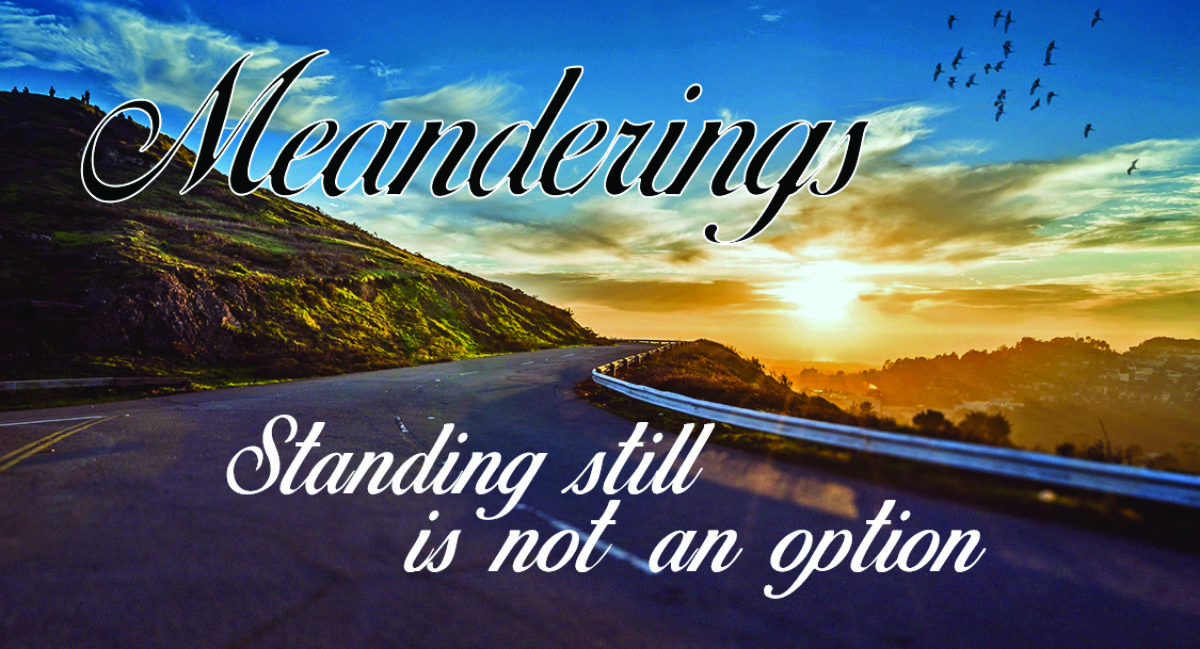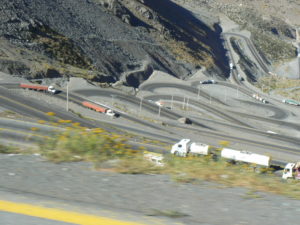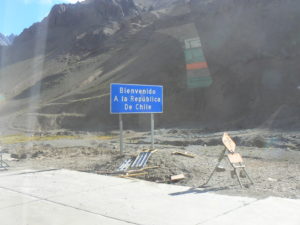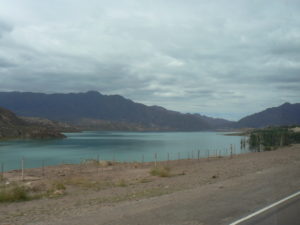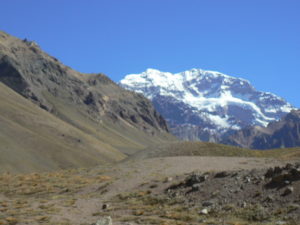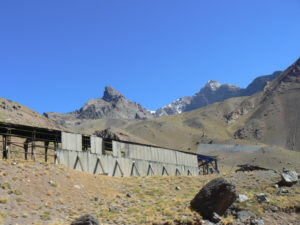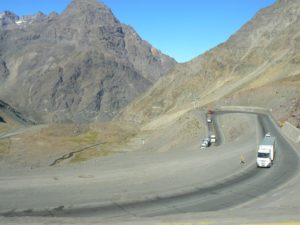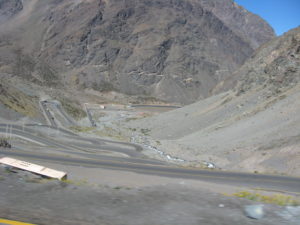Elvis is alive and well and living in Israel. At least he was on Monday September 4, 1989.
We were excited to be going on this Mediterranean cruise as we were visiting both Egypt and Israel for the first time. We met up with Elvis on the road to Jerusalem. Our ship was docked in the Port of Ashdod and we had to get up very early as the tour we booked took in both Bethlehem and Jerusalem. We were in for a long and full day.
Security was tight and each of the tour buses was accompanied by two Israeli soldiers carrying machine guns. A few guests said they were AK 47 but since I have no interest whatsoever in guns they could have told me they were medieval slingshots and I would have just nodded. However, the serious demeanor of the guards and the easy handling of their weapons inspired either assurance that we were in good hands or increased our trepidation. Take your pick.
Bert and I were on Bus #4. We had a knowledgeable guide, a most convivial driver and the regulation two security guards on board. We did not find the road to Jerusalem from the Port of Ashdod particularly scenic. To pass the time we started a sing-a-long and everyone was shouting out their favourite song as we all joined in the singing. About forty minutes into the trip our guide announced we would be stopping at a cafe for a washroom break, coffee or soft drink and to stretch our legs before we resumed the journey into Jerusalem.
Soon we were turning into a parking lot. We got down from the bus. Elvis Presley greeted us at the cafe. No kidding. There was a life sized cardboard cut out of Elvis at the entrance and the human version, the owner of the establishment, was right behind with a welcome complete with the voice, dress and mannerisms of Elvis. He had a big smile, flicked an errant curl from his pompadour and in an uncanny imitation of Elvis said: “ Are you surprised?” Talk about an understatement.
The walls, the roof, the salt and pepper shakers, the plates, the tables, the chairs, the counter, everything channeled Elvis. There were Elvis glasses, place mats, coasters, souvenirs, recordings. None of us had ever seen so much Elvis paraphernalia in one place. To enhance the Elvis ambiance, heaven help us, the juke-box played only Elvis hits.
Only two young and beautiful Israeli women in army fatigues seated near us did not have an Elvis theme. Bert, being Bert latched on to them to find some variety or distraction from the dominant motif, I supposed. He began talking to them asking many questions, wondering where they lived to be in that cafe in the middle of the road in such a nondescript place. He asked their names. He was voluble and they answered not one word. They just sat, looked at us, the bus and around the cafe. Bert decided that they must not be able to speak English. That did not deter him. He told them they were beautiful in at least seven languages. He told them he too had to do military service in The Netherlands. No response.
Our guide was smiling as she called us back to the bus. We stood, and so did the two women. Bert’s mouth opened and it took a minute or two for his jaw to come back up from the floor. Now he was the mute one. All of his seven languages had deserted him. The two women had pushed aside the table and chairs and there, ready for any contingency, were their weapons. We gave a collective gasp. One of them approached Bert, smiled at him and in perfect English said:”See, we are here to protect you. We are on the job. We hope you have a wonderful tour and a great time in our country, and by the way we love you too.”
The Meander: We have been to Israel four more times and each time this Elvis interlude with the two beautiful Sabras coupled with Bert’s loss of speech comes back to me. A moment like this is one of the joys of travel.
Note: Elvis died on August 16, 1977
